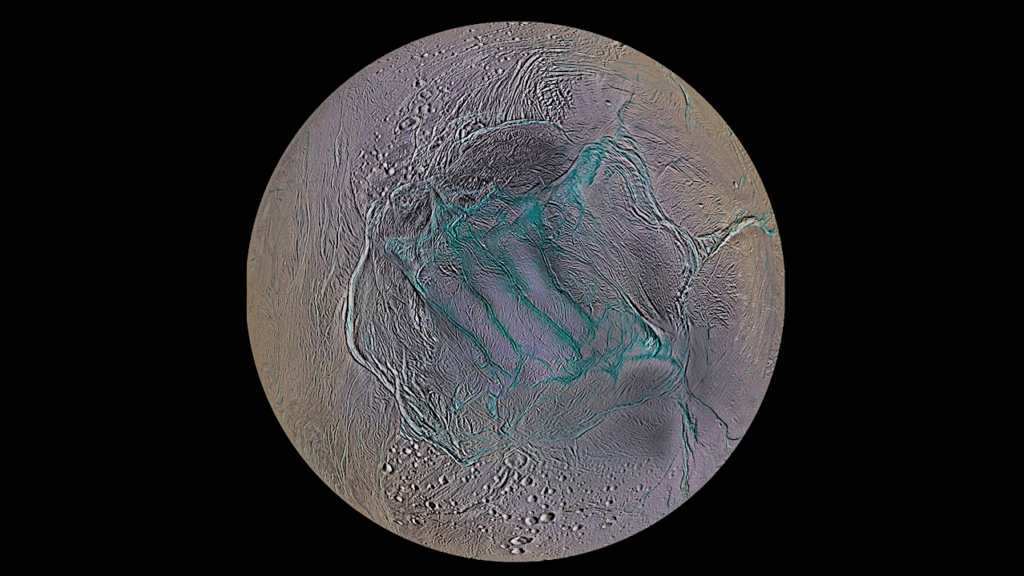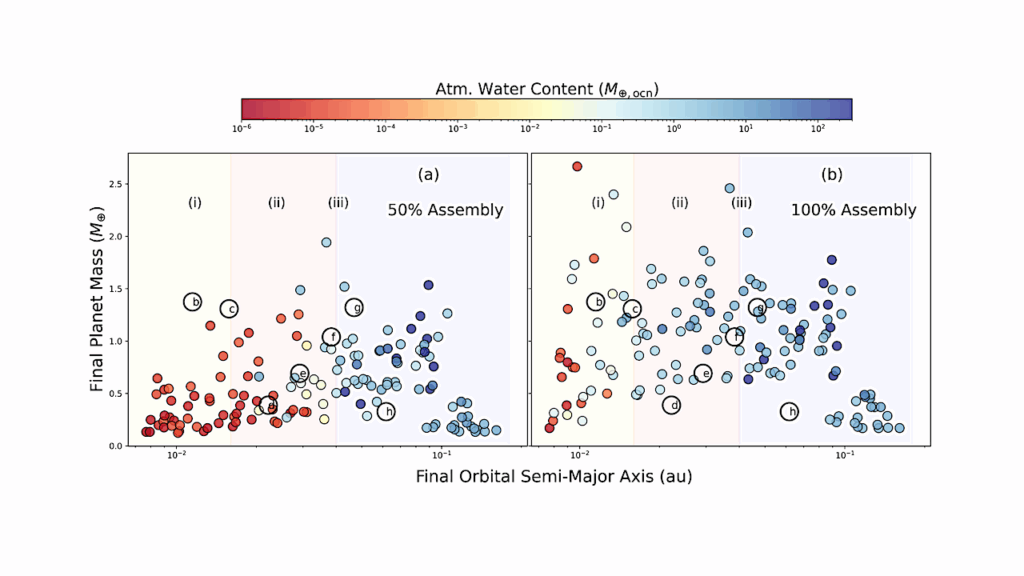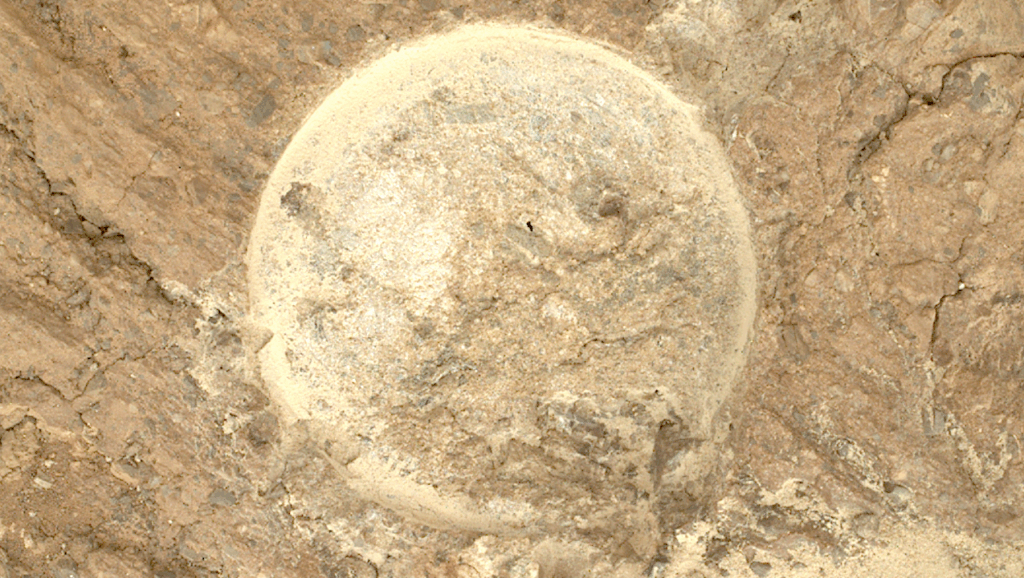The Role of Atmospheric Exchange in False-Positive Biosignature Detection

Saturn’s Moon Titan receives volatiles into the top of its atmosphere-including atomic oxygen-sourced from cryovolcanoes on Enceladus.
Similar types of atmosphere exchange from one body to another, such as O2 and O3 sourced from TRAPPIST-1 d, could be introduced into the upper atmosphere of TRAPPIST-1 e and might be interpreted as biosignatures.
We simulate this potential false-positive for life on TRAPPIST-1 e, by applying an external influx of water and oxygen into the top of the atmosphere using a coupled 1-D photochemical-climate model (Atmos), to predict atmospheric composition. In addition, synthetic spectral observations are produced using the Planetary Spectrum Generator for the James Webb Space Telescope, Origins Space Telescope, Habitable Exoplanet Observatory and Large Ultra-violet/Optical/Infrared Surveyor to test the detectability of abiotic-generated O2 and O3 in the presence of abiotic and biotic surface fluxes of CH4.
We determine that the incoming flux of material needed to trigger detection of abiotic O2/O3 by any of these observatories is more than two orders of magnitude (1E12 molecules/cm2/s) above what is physically plausible.
Ryan C. Felton, Sandra T. Bastelberger, Kathleen E. Mandt, Adrienn Luspay-Kuti, Thomas J. Fauchez, Shawn D. Domagal-Goldman
Comments: 23 pages, 5 figures. An edited version of this paper was published by AGU. Copyright (2022) American Geophysical Union
Subjects: Earth and Planetary Astrophysics (astro-ph.EP)
Cite as: arXiv:2206.00028 [astro-ph.EP] (or arXiv:2206.00028v1 [astro-ph.EP] for this version)
https://doi.org/10.48550/arXiv.2206.00028
Focus to learn more
Journal reference: JGR Planets Volume 127, Issue 3, March 2022
Related DOI:
https://doi.org/10.1029/2021JE006853
Focus to learn more
Submission history
From: Ryan Felton
[v1] Tue, 31 May 2022 18:01:52 UTC (928 KB)
https://arxiv.org/abs/2206.00028
Astrobiology








